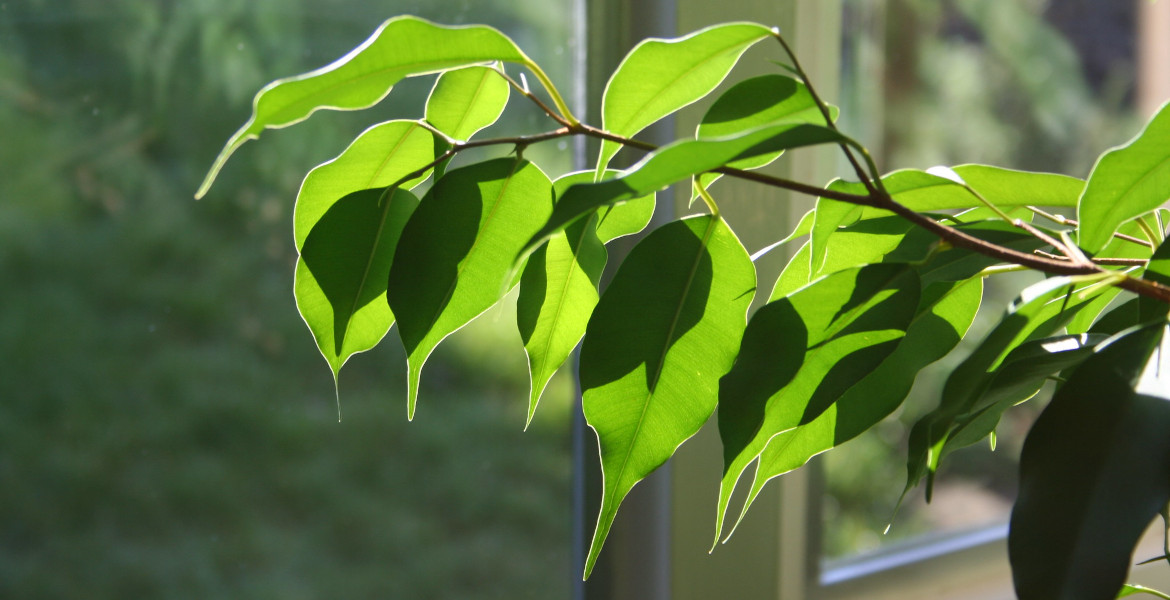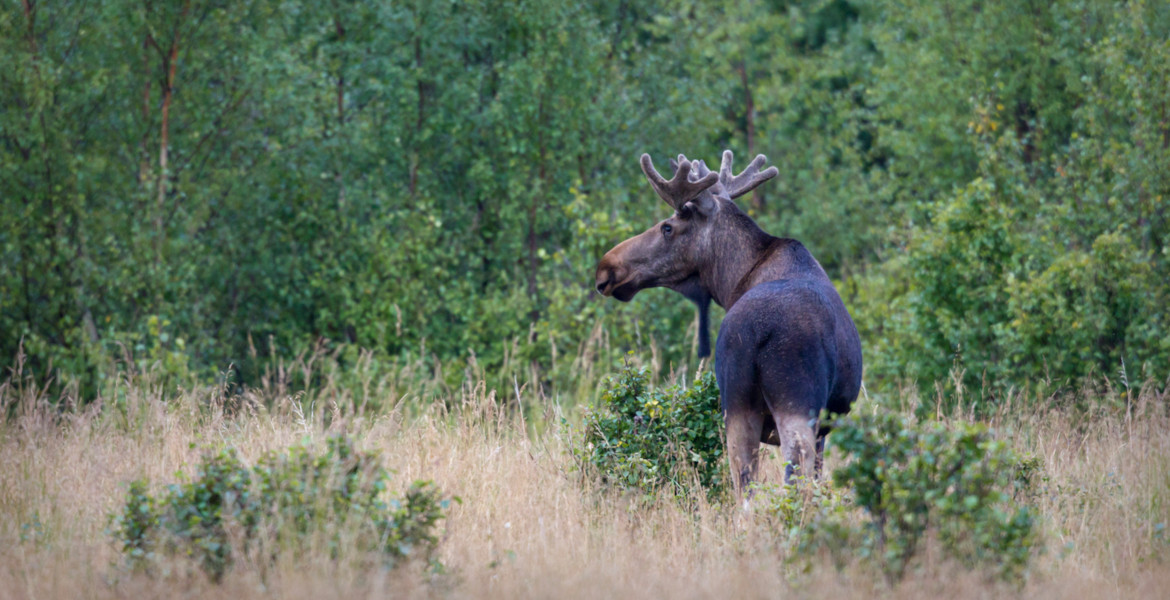Oxygen deficiency has been found in some regulated watercourses, according to an unreviewed study from Umeå University and SLU.
weden has around 2,000 hydropower plants, primarily in the northern part of the country. Most of Sweden’s major rivers are now developed and regulated for hydropower production. However, there is an exception for the national rivers Torne River, Kalix River, Pite River, and Vindel River, which are protected under the Swedish Environmental Code from new hydropower construction and water regulation. These four are classified as unregulated, while rivers actively used for hydropower are considered regulated. It should be noted that Pite River and Vindel River have some influence from hydropower, but are still considered unregulated as they retain their natural water flow and lack large hydropower dams.
To examine oxygen levels, researchers placed 50 measuring instruments at various depths in the regulated rivers Ljungan, Ume River, and Lule River, as well as in the unregulated Pite River and Vindel River.
The study, which has not yet been published and therefore has not been peer-reviewed, shows that oxygen levels were affected in all the regulated rivers, with periods of low levels in certain stretches. The comparison with the unregulated rivers revealed a clear difference. In the Pite and Vindel Rivers, oxygen levels were unaffected.
It was previously unknown that regulated watercourses in Sweden could suffer from oxygen deficiency.
– We were really surprised. We expected to see an impact on oxygen levels, but not that the problem would be this severe or that we’d find areas where the oxygen had been depleted, says Åsa Widén, researcher at the Swedish University of Agricultural Sciences in a press release.
The causes of the oxygen deficiency measured in some places in the regulated rivers are not yet established, but the researchers suspect that it is due to a combination of hydropower, industrial impact and climate change. Residues from old wood industries, such as fiber banks, may also contribute to oxygen depletion as their decomposition consumes large amounts of oxygen.
All measurements for the project, called Ekofall, are not yet complete, and the study has not been peer-reviewed.












